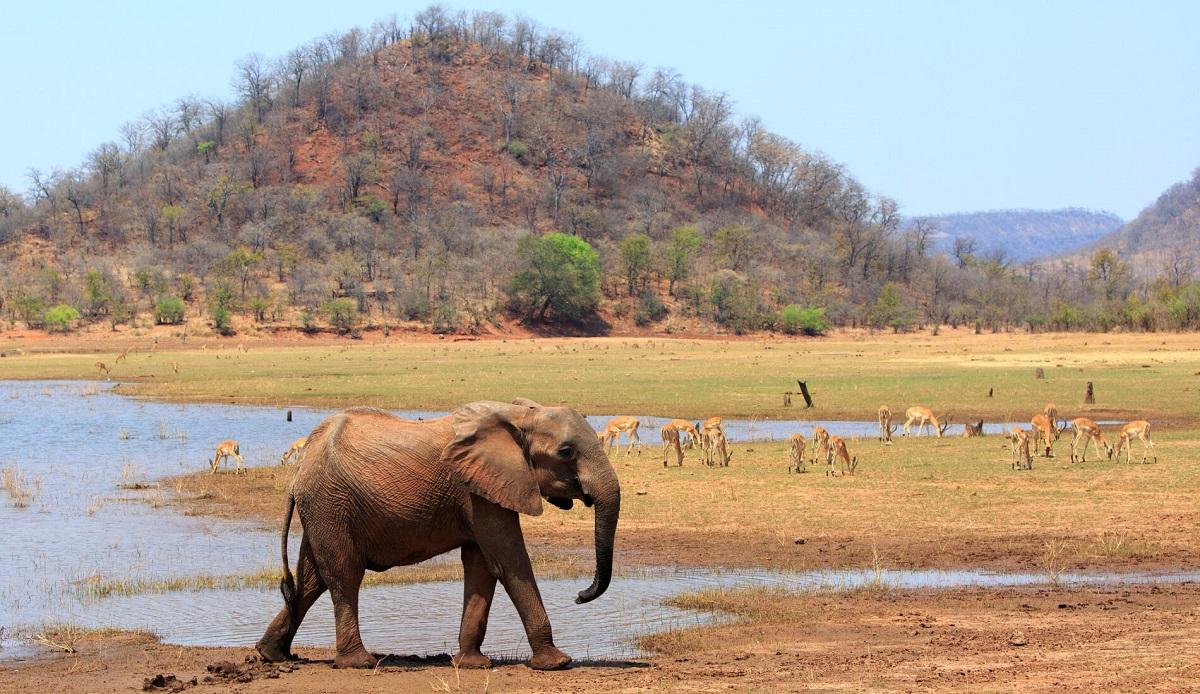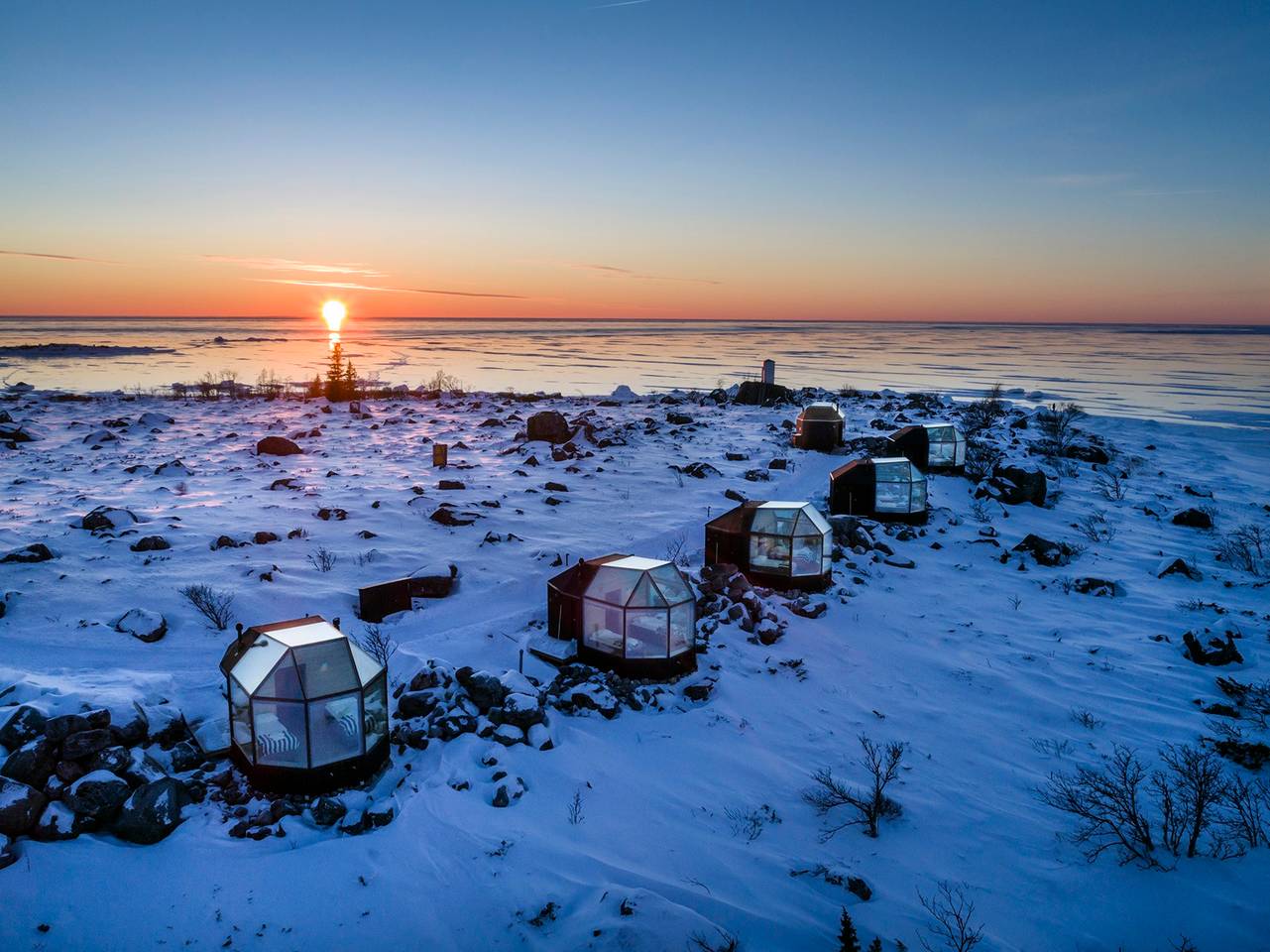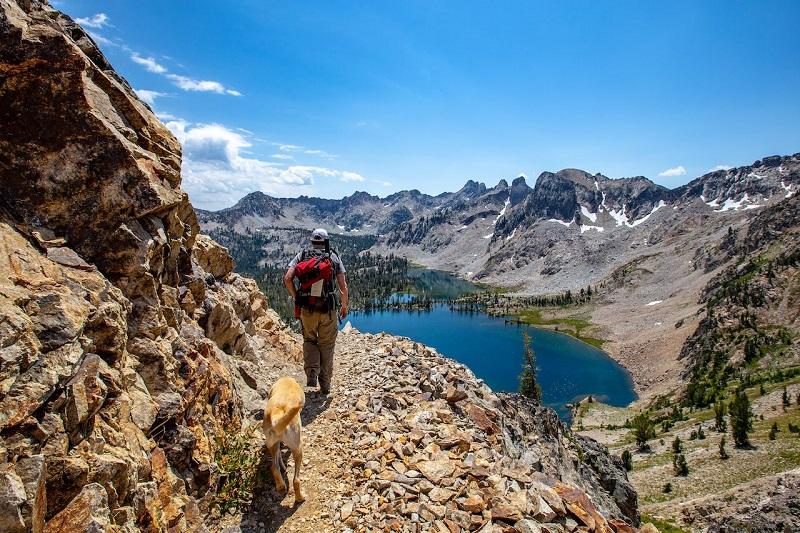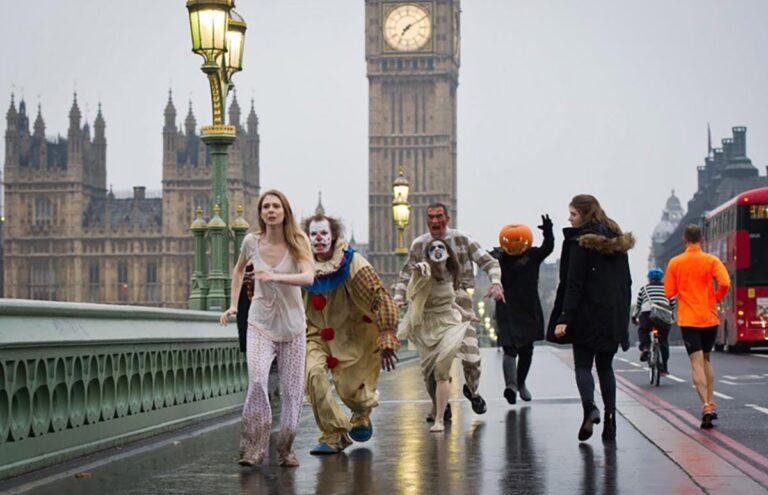Guide to Matusadona: Zimbabwe’s Remote Safari
Matusadona National Park is located on the southern shores of Lake Kariba in northern Zimbabwe. Spanning over 1,400 square kilometers, this park is known for its dramatic scenery, which includes rugged mountains, pristine lakeshores, and vast stretches of open grasslands. Established in 1975, Matusadona was originally created as a sanctuary for the protection of wildlife, particularly the black rhinoceros.
Today, it remains one of Zimbabwe’s most captivating national parks, offering visitors a chance to experience the beauty of the African wilderness in a serene and remote setting. This guide will explore everything you need to know about Matusadona National Park, from its incredible wildlife to the best times to visit and practical travel tips.
Please Download Our Mobile App here.
Overview of Matusadona National Park
Matusadona National Park is situated on the southern edge of Lake Kariba, one of the world’s largest man-made lakes. The park’s name is derived from the local Matuzviadonha Hills, which dominate the landscape with their rugged beauty. These hills, combined with the park’s lakeshore and inland areas, create a diverse ecosystem that supports a wide range of wildlife.
The park’s terrain is a mix of steep mountain slopes, flat plains, and river valleys, offering a variety of habitats for different species. The Zambezi River, which was dammed to create Lake Kariba, provides a lifeline for the park’s wildlife, especially during the dry season when water sources become scarce. Matusadona’s remote location and relatively low visitor numbers make it an ideal destination for those seeking an off-the-beaten-path safari experience.
Matusadona was once one of the last strongholds for the black rhinoceros in Zimbabwe, and while poaching has taken its toll, efforts are ongoing to restore and protect this iconic species. The park is also home to a variety of other wildlife, including elephants, lions, buffalo, and a rich diversity of bird species.
Wildlife in Matusadona National Park
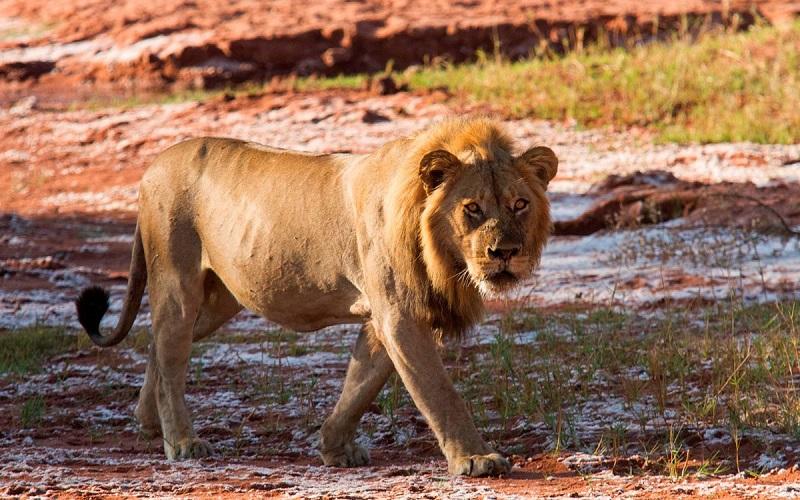
Matusadona National Park is renowned for its wildlife, offering visitors an opportunity to see some of Africa’s most iconic animals in their natural habitat. The park’s diverse landscape supports a variety of species, making it a prime destination for wildlife enthusiasts and photographers. One of the most notable aspects of Matusadona is its elephant population.
The park is home to a healthy number of elephants, which are often seen along the shores of Lake Kariba. These majestic creatures are drawn to the lake, particularly during the dry season, when they come to drink, bathe, and forage along the water’s edge. The sight of elephants silhouetted against the backdrop of Lake Kariba at sunset is one of the park’s most memorable experiences.
Matusadona is also known for its large populations of buffalo, which are frequently seen grazing on the park’s floodplains. These massive herds are often accompanied by lions, which are the park’s top predators. The lions of Matusadona are known for their impressive size and strength, and they are often seen hunting in the open plains. The park’s lion population is relatively stable, making it one of the best places in Zimbabwe to observe these powerful predators in action.
In addition to elephants and lions, Matusadona is home to a variety of other large mammals, including hippos, crocodiles, and a range of antelope species. The park’s wetlands and lakeshore areas are particularly rich in wildlife, providing a vital source of water and food for many animals. Visitors can often see hippos wallowing in the shallow waters of Lake Kariba, while crocodiles bask on the sandy shores.
Matusadona is also a haven for birdwatchers, with over 240 species recorded in the park. The lake and its surrounding wetlands attract a wide variety of waterbirds, including African fish eagles, herons, and kingfishers. The park’s woodlands and grasslands are home to many other bird species, making Matusadona a birdwatching paradise.
The Best Time to Visit Matusadona National Park
The best time to visit Matusadona National Park depends largely on what you want to see and experience. The dry season, which runs from April to October, is generally considered the best time for wildlife viewing. During this period, water becomes scarce, and animals are drawn to the shores of Lake Kariba and the park’s other water sources, making them easier to spot.
From April to June, the park is lush and green following the rainy season, providing a stunning backdrop for wildlife viewing. This period is also cooler and more comfortable for visitors, with daytime temperatures averaging between 20°C and 25°C. As the dry season progresses, the vegetation becomes sparser, and wildlife congregates around the remaining water sources, offering excellent game-viewing opportunities.
The peak of the dry season, from July to October, is the best time to see large herds of elephants and buffalo along the lakeshore. However, temperatures can be quite high during this time, particularly in September and October, when daytime temperatures can reach up to 35°C. Despite the heat, this period offers some of the most rewarding wildlife experiences in the park.
The wet season, from November to March, brings heavy rains and lush vegetation to Matusadona. While wildlife viewing can be more challenging during this time due to the dense vegetation and abundance of water, the park is incredibly beautiful, with vibrant green landscapes and an influx of migratory birds. This period is ideal for birdwatchers and those who enjoy a quieter, more secluded safari experience.
Getting to Matusadona National Park

Matusadona National Park is accessible by both road and air, though its remote location means that getting there can be an adventure in itself. The park is located roughly 400 kilometers from Harare, Zimbabwe’s capital, and about 250 kilometers from Victoria Falls. By road, the journey from Harare to Matusadona can take around 8 to 10 hours, depending on road conditions and the route taken.
The last stretch of the journey involves a drive through rugged terrain, so a 4×4 vehicle is recommended. The road from Victoria Falls to Matusadona is also challenging and requires a reliable vehicle and some experience with off-road driving. For those who prefer a quicker and more comfortable journey, charter flights are available from Harare, Victoria Falls, and other major cities in Zimbabwe to Matusadona’s airstrips.
These flights offer a scenic and convenient way to reach the park, with stunning aerial views of Lake Kariba and the surrounding landscapes. Once in the park, visitors can explore Matusadona through guided game drives, boat safaris on Lake Kariba, and walking safaris with experienced guides. The park’s diverse landscapes and rich wildlife offer plenty of opportunities for exploration and discovery.
Other Activities in Matusadona National Park
In addition to traditional game drives, Matusadona National Park offers a variety of activities that allow visitors to fully immerse themselves in the park’s natural beauty. One of the most popular activities is a boat safari on Lake Kariba, where visitors can explore the park’s lakeshore and enjoy close-up encounters with wildlife. These boat safaris provide a unique perspective on the park’s landscapes and are particularly rewarding for birdwatchers and photographers.
Walking safaris are another highlight of a visit to Matusadona, offering a chance to explore the park on foot and experience its wilderness up close. Accompanied by a knowledgeable guide, visitors can learn about the park’s flora and fauna, track wildlife, and discover the smaller details of the ecosystem that are often missed on game drives. Fishing is also a popular activity in Matusadona, with Lake Kariba being home to a variety of fish species, including the famous tigerfish.
Visitors can try their hand at fishing from the shore or on a boat, with the opportunity to catch and release some of the lake’s prized fish. For those interested in history and culture, a visit to the local communities around Matusadona can be a rewarding experience. These visits provide insights into the traditional way of life of the people who live in the area and offer a glimpse into the challenges and opportunities of living in close proximity to a national park.
Park Fees for Matusadona National Park
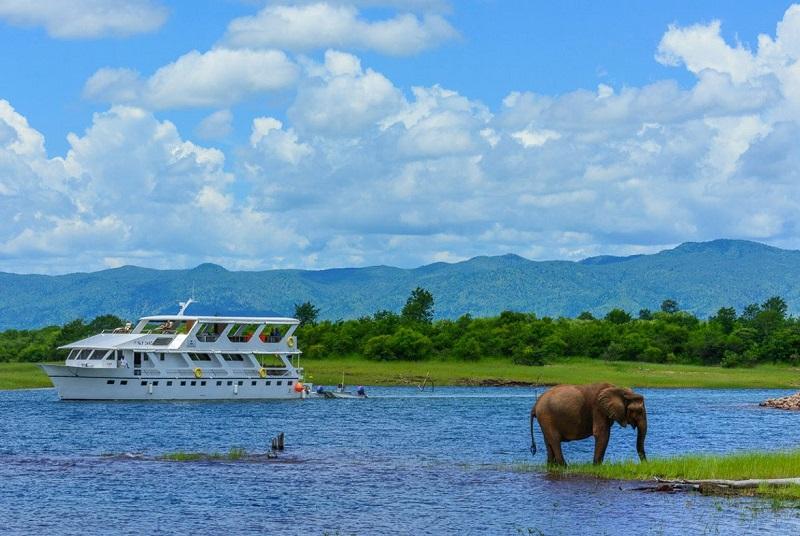
As of 2024, the entrance fees for Matusadona National Park are as follows:
- International Visitors: $15 per person per day
- Zimbabwean Citizens and Residents: $8 per person per day
These fees help support the park’s conservation efforts and maintenance. Additional costs may apply for guided tours, boat safaris, and other activities within the park. It is advisable to check with local authorities or tour operators for the most up-to-date information on fees and booking procedures.
FAQs: Touring Matusadona National Park
Do I Need a Car to Tour the Park?
Yes, a 4×4 vehicle is necessary for touring Matusadona National Park due to its rugged terrain and remote location. The park’s roads can be challenging, especially during the wet season, so it is recommended to explore the park with an experienced guide or tour operator.
Are Unguided Walks Allowed in the Park?
Unguided walks are not allowed in Matusadona National Park. Due to the presence of dangerous wildlife and the park’s vast, remote landscapes, all walking safaris and hikes must be conducted with a trained guide to ensure safety.
How Much is a Game Drive in the Park?
Game drives in Matusadona National Park typically cost between $50 and $150 per person, depending on the duration and the services included. These costs usually cover the use of a 4×4 vehicle, a professional guide, and park entry fees. It is advisable to book game drives in advance, especially during the peak season.
Conclusion
Matusadona National Park is a destination that offers a unique blend of stunning landscapes, rich wildlife. So, pack your sense of adventure (and a good pair of binoculars), and set out for the national park.
